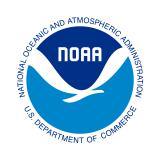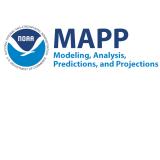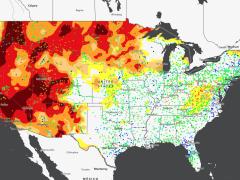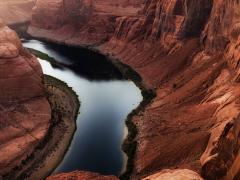Study: Dry Future Likely Unavoidable for Southwest, But Reducing Greenhouse Gases Can Still Help
For the past two decades, the southwestern United States has been desiccated by one of the most severe long-term droughts—or ‘megadroughts’—of the last 1,200 years. And now, scientists say the risk of similar extreme megadroughts and severe single-year droughts will increase in the future as Earth’s temperature continues to rise, according to a new study in Earth’s Future sponsored by NOAA’s Climate Program Office and National Integrated Drought Information System (NIDIS), and led by NASA’s Goddard Institute for Space Studies (GISS).
More specifically, the study showed that, regardless of future levels of greenhouse gas emissions, the warming climate has locked in an elevated risk of intense megadroughts for the region. However, mitigation measures—efforts to reduce the amount of greenhouse gases in the atmosphere—can and do reduce the risk of intense single-year droughts. The severity of megadroughts declines with mitigation as well, making their impacts less damaging.
"The ongoing Southwestern drought highlights the profound effects dry conditions have on people and the economy," said Ko Barrett, NOAA Research Senior Advisor for Climate and Vice-Chair of the Intergovernmental Panel on Climate Change (IPCC). "The study clearly highlights the positive impact that greenhouse gas mitigation could have on the occurrence and severity of Southwestern drought. It is not too late to act and blunt impacts."
Co-author Kate Marvel, a research scientist at GISS and Columbia University, added, "There is never going to be a temperature threshold we exceed where mitigation is not going to have an impact or where it’s not going to matter."
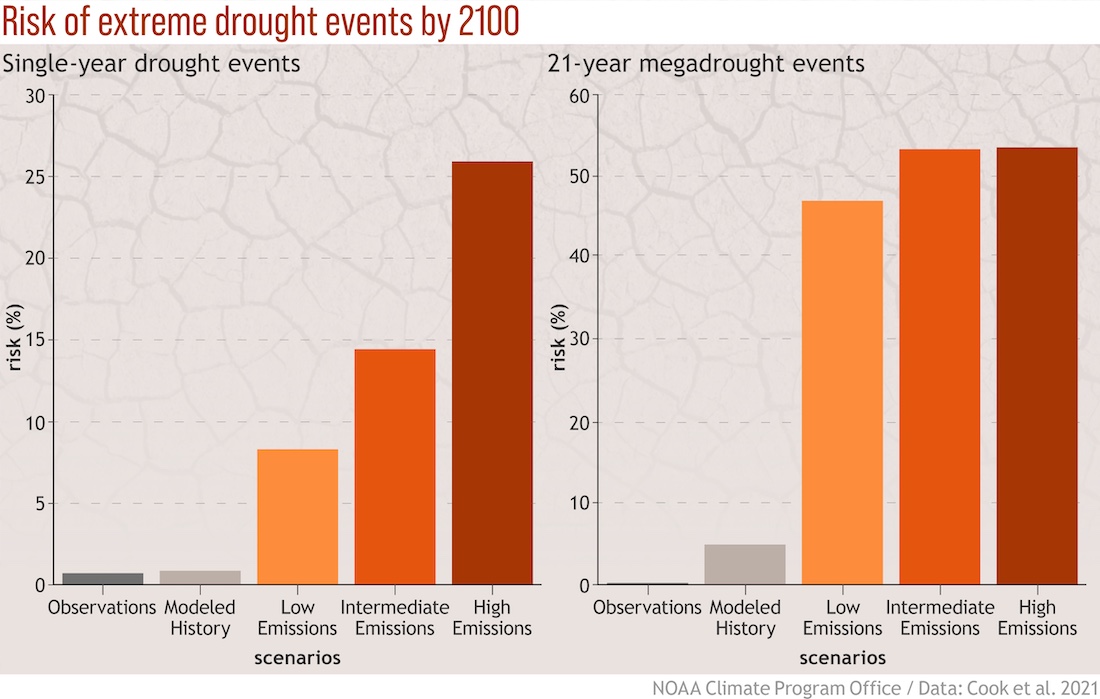
Megadroughts are intense drought events that last for at least 20 years. The research team selected the severe 21-year megadrought of 2000–2020 and single-year drought of 2002 as analogs, or representatives, of extreme droughts that could become more prevalent as the climate changes under future emissions trajectories. Severe single-year droughts can drain water resources, wither crops, and fuel fires, causing major economic losses. And the longer droughts last, the more their many impacts get compounded and the longer recovery takes—meaning even one or two really wet years may not be enough for a return to pre-drought conditions.
To see how rising temperatures might contribute to severe droughts like the analogs in the future, the authors examined historical reconstructions, models and instrument measurements of soil moisture data, as well as projections out to the year 2100 using the latest generation of climate models. They also investigated how mitigation under three different emissions scenarios would affect the outcomes.
The results showed that in both the past and the future, as temperatures rise, the factors contributing to drought intensify, increasing the risk of severe short- and long-term droughts on par with the 2002 and 2000–2020 droughts. Notably, the research team found at least a roughly 50% chance of severe megadroughts by the end of the century, even under a low emissions scenario. However, mitigation measures do reduce long-term drought intensity by lowering the risk of extreme single-year droughts during megadrought events, according to the findings.
Rising Temperatures, Thirsty Atmosphere
The authors point to precipitation changes and a “thirstier” atmosphere as the main drivers of increasing extreme drought risk in the Southwest.
Ideally, winter snow in the mountains melts to fill streams and lakes in the spring, its slow release and accompanying spring rains supplying a steady source of water for drinking and agriculture. But warming temperatures disrupt this process. More precipitation falls as rain instead of snow, and the smaller snowpack melts earlier. If the soil is already dry from the previous year, it may simply absorb the melting snow, instead of leaving excess that runs off into bodies of water, said lead author Ben Cook, a research associate at NASA GISS, adjunct associate research scientist at Columbia University, and a member the NOAA/NIDIS-sponsored Drought Task Force, organized by CPO’s Modeling, Analysis, Predictions, and Projections program. This is one variable that has contributed to historic droughts in California and other parts of the West in 2021.
As the atmosphere warms, it also gets temporarily drier, or "thirstier." Dry air acts like a sponge, absorbing water out of plants and soil. Because warm air can hold more moisture than cold air, rising temperatures mean more moisture getting pulled from the ground into the atmosphere.
Results show that both of these factors contribute to pronounced, widespread drying in all three warming scenarios.

The southwestern United States has been prone to drought for millennia, and as the warming temperatures make the soil drier, that natural dryness becomes the backdrop for a higher risk of severe droughts, Marvel said.
Mitigate or Adapt? Yes.
Despite a dry future, mitigation can still reduce drought severity, and adaptation can help communities plan for the worst. Mitigation can include preventing new emissions, such as by shifting to clean energy, or removing greenhouse gases already in the atmosphere, such as by planting trees or through technology. In contrast, adaptation refers to actions that help humans and the environment prepare for changes that are already happening or cannot be avoided.
"Mitigation has clear benefits for reducing the frequency and severity of single-year droughts," Cook said. "We may have more of these 20-year drought periods, but if we can avoid the really sharp, short-term, extreme spikes, then that may be something that’s easier to adapt to."
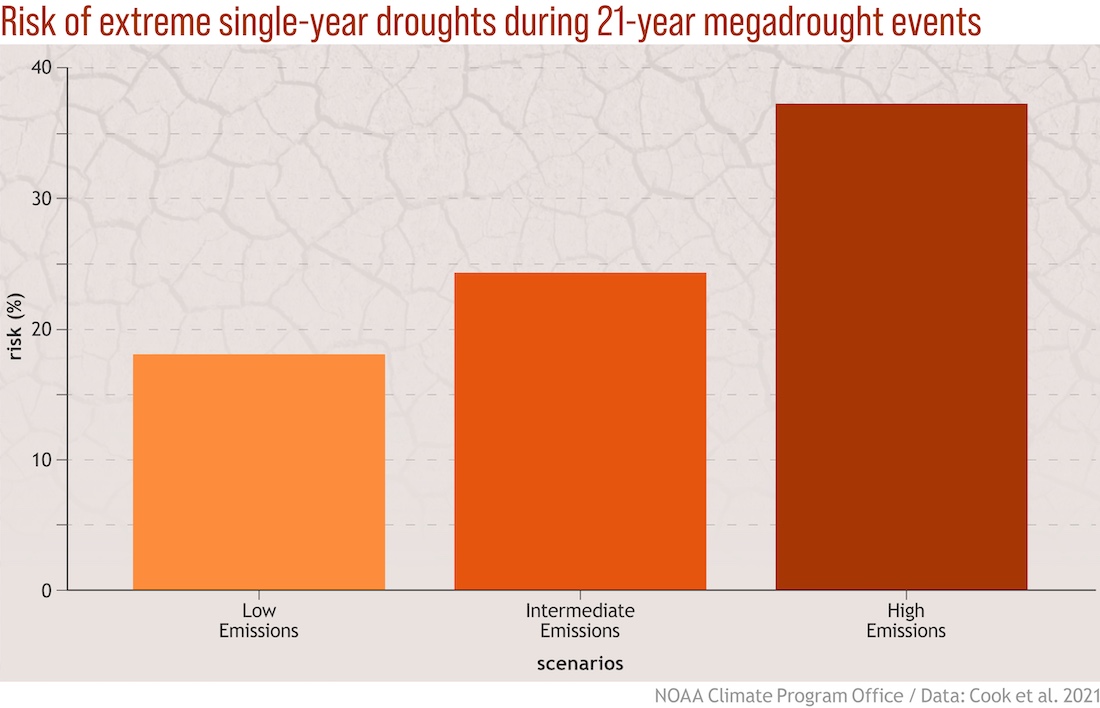
This means even if global warming is not halted immediately, taking action can still help, said Marvel.
"There’s going to be a new normal regardless," Marvel said. "There’s going to have to be some adaptation to a drier regional climate. But the degree of that adaptation—how often these droughts happen, what happens to the drought risk—that’s basically under our control."
NOAA and NASA’s freely available data are a vital part of both mitigation and adaptation efforts. By studying and understanding our planet, scientists, resource managers, farmers, policymakers, and others can make decisions that not only help mitigate climate change, but adapt to a warmer future as well.
This article was adapted from a NASA Goddard Space Flight Center feature story.



